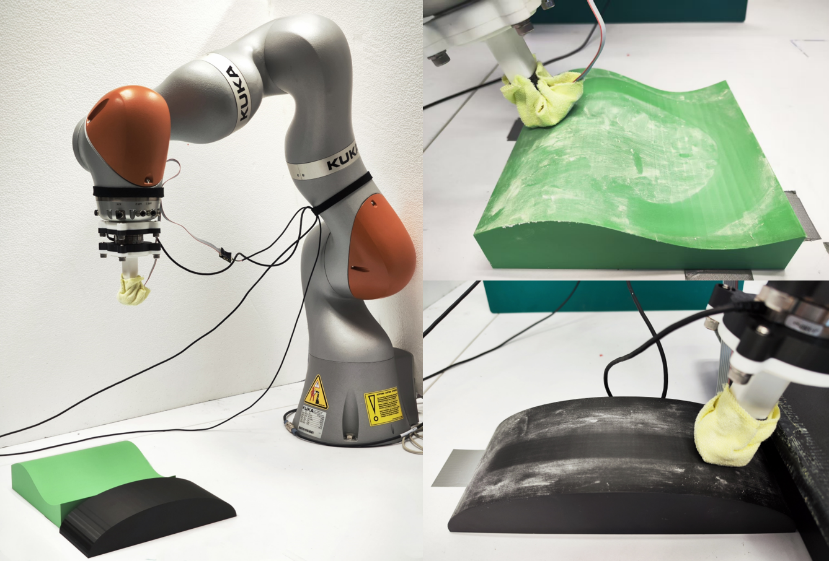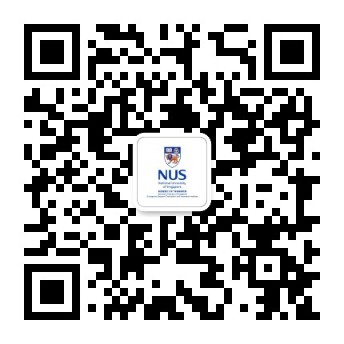The NUS Guangzhou Research Translation and Innovation Institute is committed to building a platform for interdisciplinary and cross-domain scientific research exchange, promoting the effective transformation and application of research achievements. We will regularly share cutting-edge research results and updates in this section. We welcome your engagement and discussions!
The research introduced in this article originates from the team led by Professor Li Chongxing from the Department of Electrical and Computer Engineering at the National University of Singapore (NUS). The research team includes Dr. Liang Wenyu, who serves as an adjunct assistant professor in the NUS Department of Electrical and Computer Engineering and concurrently serves as a PhD supervisor at NUS GRTII.
Research Background
Today, robots are increasingly expected to autonomously complete tasks or assist humans in their daily lives. This requires robots to possess a higher level of dexterity. Thus, in addition to the need for precise motion control in traditional robots, effective interaction control is also essential. Interaction control enables robots to manage physical interactions by adjusting contact forces for stable and adaptive manipulation.
Significantly, tactile sensors, like human skins, provide rich contact information from physical interaction. Integrating tactile sensors with robots enables the robot to have the sense of touch, which enhances the robots’ abilities to perceive and respond to the human and environment during physical interaction. However, challenges persist in interpreting tactile sensing information, achieving appropriate contact regulation, and ensuring robust interaction with complex environments.
To address these challenges, the research focuses on developing advanced control technologies and machine learning algorithms for tactile-guided manipulation, enabling robots to adapt to dynamic interactions and enhance their dexterity in complex environments. The significance of this research lies in its potential to enhance the dexterity of robotic manipulation in service robots, providing safer, more efficient, and robust solutions for human-robot-environment interaction tasks.

Robotic system setup.
Key Findings
The team has made two key advancements in improving robot interactions with unknown surfaces.
Firstly, we propose a tactile-guided hybrid pose/force control scheme based on gain-scheduling proportional-integral-derivative (PID) control for automated robotic wiping on unknown surfaces. By leveraging tactile feedback, key tactile features are extracted and incorporated into the control loop to regulate contact force and alignment simultaneously. Additionally, a tactile-based stain-aware workflow is introduced to identify and locate stains during the wiping task. As a result, the proposed system can maintain the desired contact with the surface, identify stains, autonomously perform cleaning and re-cleaning, and successfully accomplish the wiping task. This work has been published in IEEE CIS-RAM 2024 as a Best Paper Finalist.
Secondly, we pioneered a Sequen-Sync force/torque control scheme using nested fast terminal sliding mode control (NFTSMC), which introduces a hierarchical structure to ensure time-sequential and synchronized convergence of different system states. For instance, the proposed scheme can guarantee contact force preferably converges later than contact alignment angles while the alignment angles converge at the same time. This sequencing ensures sufficient contact between the robot end-effector and the environment (surface) and avoids dangerous misalignment. Verification has been done via theoretical analysis and experimental validation on unknown. This work has been submitted to IEEE IROS 2025.
Impact and Applications
The research demonstrates the significant potential of tactile-guided control technologies in robotic manipulation and interaction with complex and/or unknown surfaces. It provides technical support for applications where robotic smooth physical interaction such as robotic cleaning/wiping, surgical robotics, robot-assisted daily care (e.g., shaving, bathing), as well as human-robot collaboration (HRC).
The potential collaborators include:
· Experts in materials science and flexible electronics: to explore novel tactile sensor designs and develop cost-effective, high-resolution flexible sensing solutions.
· Service and healthcare robot manufacturers: to integrate this technology into cleaning and daily care applications.
· Industrial partners: to employ this tactile-guided systems in manufacturing and facility management automation for performance improvement.
Team Introduction
This team is led by Prof. LEE Tong Heng, Professor at the Department of Electrical and Computer Engineering (ECE), NUS whose research interests are in the areas of adaptive systems, knowledge-based control, intelligent mechatronics and computational intelligence.
Team members include:
· Dr. LIANG Wenyu, Adjunct Assistant Professor at the Department of ECE, NUS and Senior Scientist at the Institute for Infocomm Research (I2R), A*STAR, whose research interests include robotics, intelligent systems, dexterous manipulation, precision motion control, and force control.
· Ms. XU Yilan, a first year PhD student, whose current research interest is in the area of tactile-guided robot control. She is also a recipient of NUS GRTII-affiliated PhD Scholarship Programme for AY2024/2025
· Mr. XUE Junyuan, a second year PhD student, whose current research interests include impedance control and physical human-robot interaction.
We also collaborate closely with Dr. WU Yan, Principal Scientist, Deputy Head of the Robotics and Autonomous Systems Division at I2R, A*STAR and Co-Lead of the A*STAR Robotics Horizontal Tech Coordinating Office, on the research of dexterous manipulation and embodied intelligence.

Team photo (from left to right): Ms. XU Yilan; Dr. LIANG Wenyu; Prof. LEE Tong Heng; Mr.XUE Junyuan.
We look forward to working with global research experts, entrepreneurs, and policymakers to stimulate innovative thinking, explore the infinite possibilities of scientific research, and establish an interdisciplinary and cross-field ecosystem for scientific research and innovative applications.


